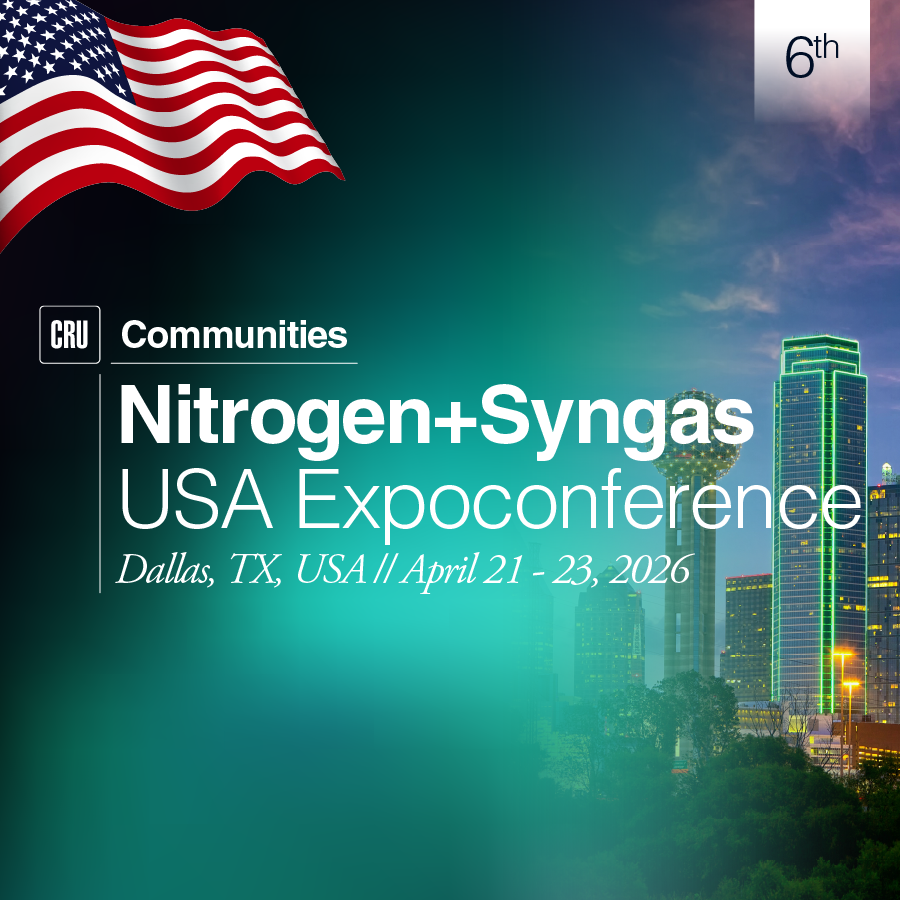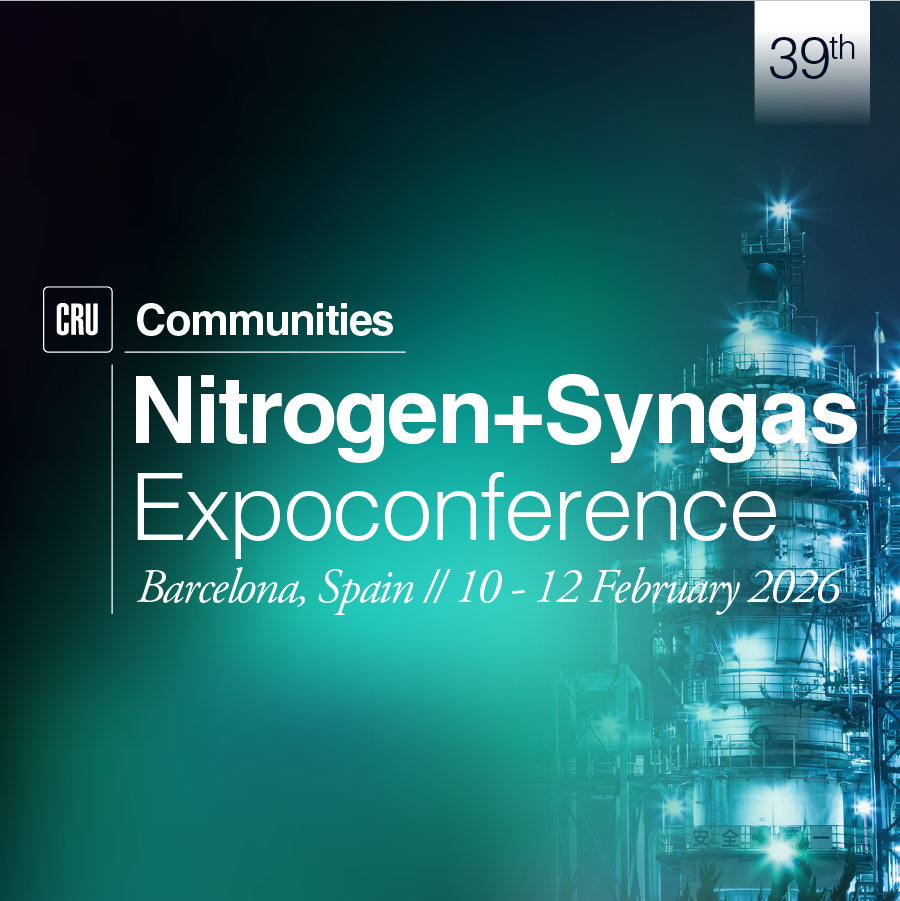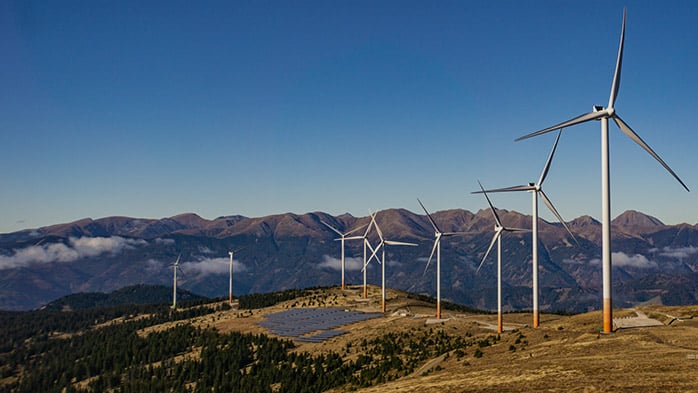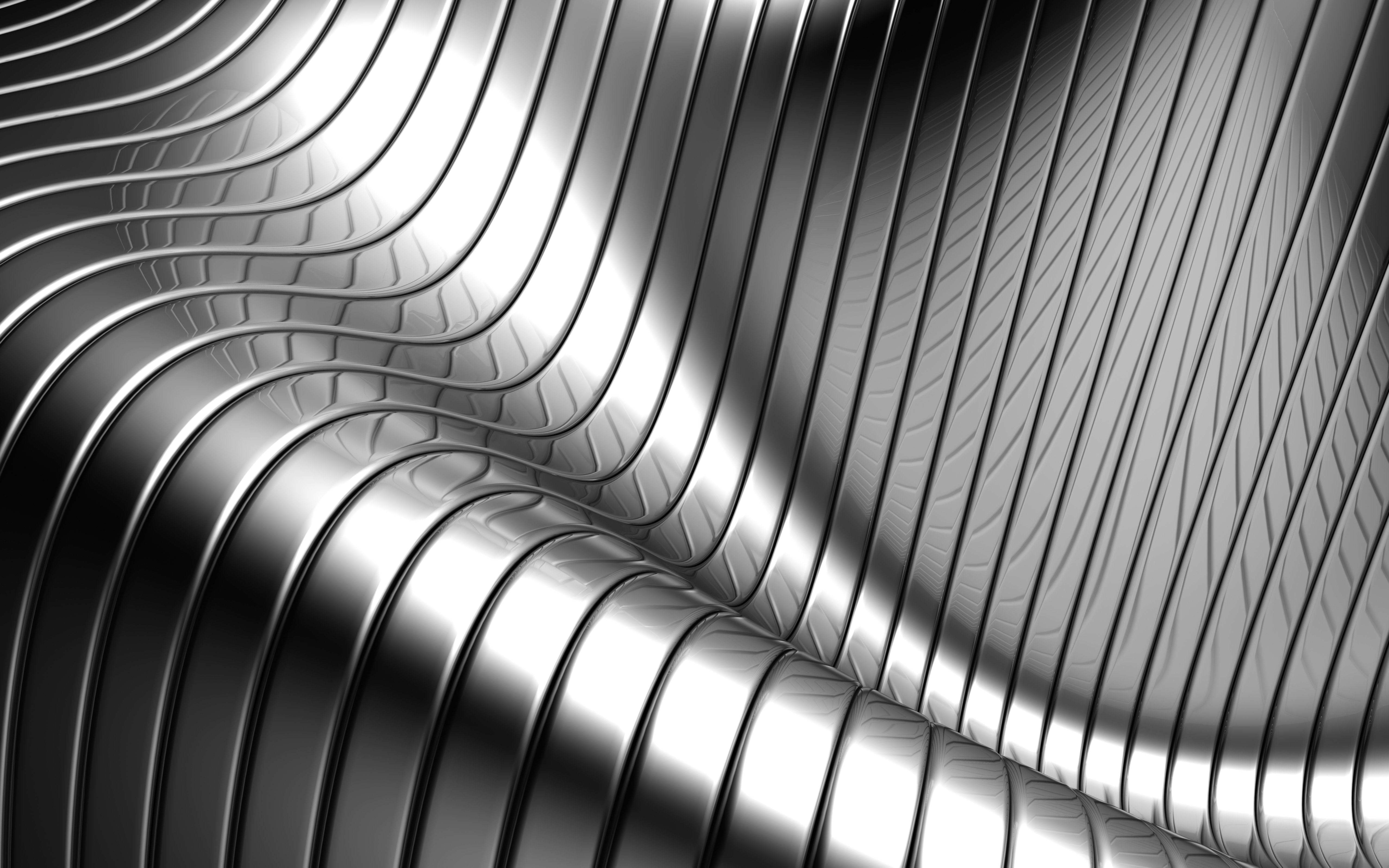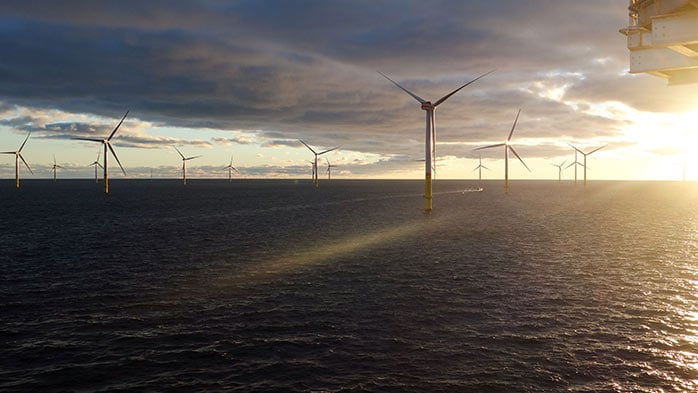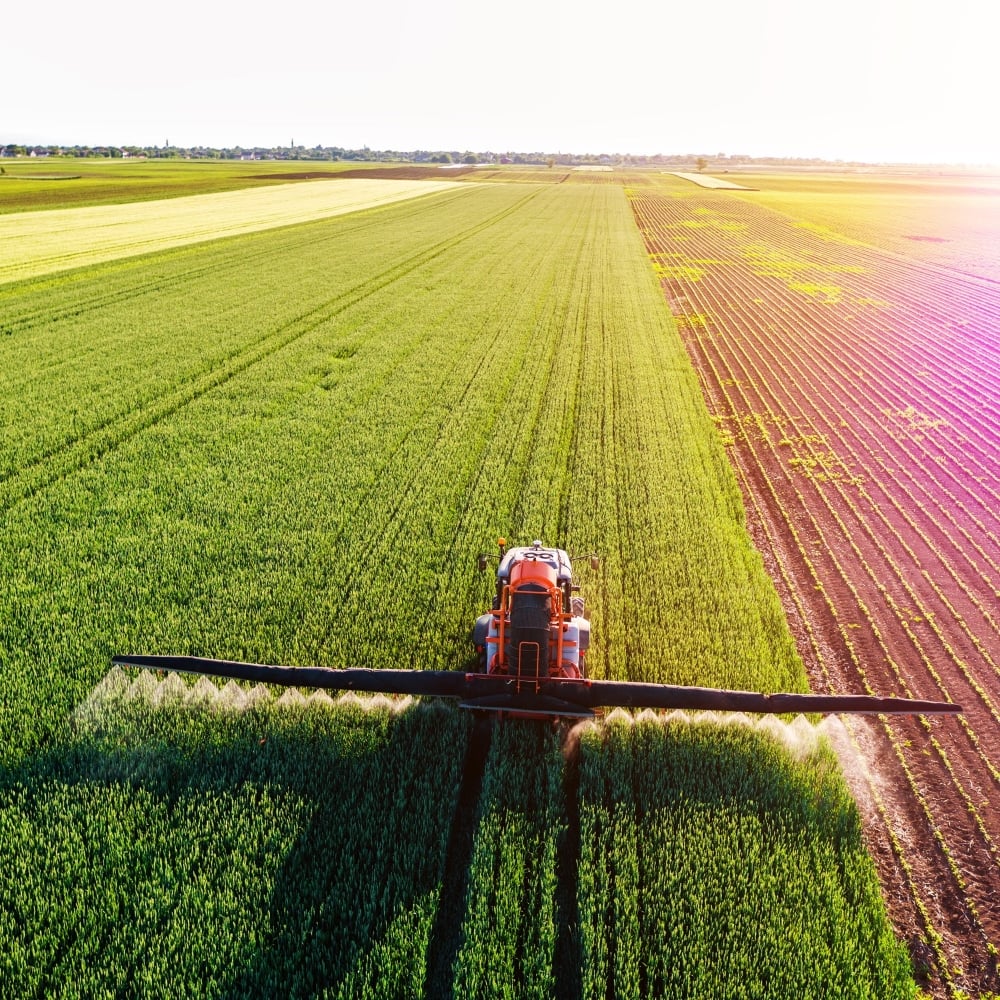The European Union is putting a green stake in the ground by imposing a levy on emissions embedded in imported goods in key emitting sectors, including iron and steel, aluminium, and fertilizers. This will lead to higher prices or premia in the EU for the goods affected, while highly carbon-intensive trade flows into the EU will likely be disrupted.
The aim of the CBAM initiative is to create a level playing field for EU and non-EU emitters. However, a true level playing field will only become a reality if the EU extends the scope of CBAM beyond current rules.
Steel, aluminium and fertilizers are most affected
The Carbon Border Adjustment Mechanism (CBAM) will enter its permanent phase in January 2026. Importers and reporting declarants of upstream products from six sectors – Steel, Aluminium, Fertilizer, Cement, Electricity, and Hydrogen – will from then on have to pay for the emissions embedded in the goods and precursors covered by CBAM. This will align them with EU-based emitters covered by the EU’s Emissions Trading Scheme (ETS). These sectors make up a significant portion of total imports into the EU, at roughly 4%.
Breaking this down by sector, the overwhelming majority (95%) of value in CBAM-impacted goods and precursors being imported into the EU, is accounted for by the iron and steel, aluminium, and fertilizer sectors. This means the majority of revenue raised by the CBAM levy will come from these sectors. This Insight focuses on these most affected sectors. It also builds off a CRU-hosted webinar titled Navigating CBAM: Industry Specific Insights on 12 December 2024, and focus on tangible impacts on impacted commodity sectors, as well as a previously published Insight series available to CRU clients, detailing CBAM policy more generally.
EU prices/premia to increase in the medium term
Currently, only EU-based emitters face EU emissions costs. This means that EU prices for imported goods and precursors with embedded emissions have until now generally not reflected the cost of emissions. Moreover, so far, manufacturers in the EU have been partially protected from this through the issuance of free allowances. The launch of CBAM, in conjunction with the parallel full withdrawal of free allowances in the EU ETS, will mean that all goods sold in the EU market – regardless of origin – will face EU emissions costs. Over time, the EU market price for covered goods and precursors will begin to internalise this.
We expect prices for CBAM goods sold within the EU to increase as a result of CBAM, or in the case of aluminium where a global benchmark exists, a regional premium to emerge. This will be a gradual process as CBAM ramps up over an eight-year period to full implementation in 2034 while free allowances are gradually withdrawn.
As presented in the chart above, taken from CRU’s Steel Cost Analysis Tool and the Steel Emissions Analysis Tool, putting a price on emissions is expected to drive a shift in demand towards lower-emission products, as companies that produce CBAM-covered goods within (or imported into) the EU become more competitive. One consequence of this will be a shift in trade patterns (see Trade section below). However, since only the upstream portion of the supply chain is subject to CBAM (as it is currently designed), producers of goods located downstream from CBAM-impacted products face challenges, as detailed in the next section.
More work to be done to create true level playing field
In its current form, importers and reporting declarants will generally not have to purchase CBAM certificates for downstream products, nor for embedded indirect emissions (Scope 2 emissions (from purchased electricity), and/or Scope 3 (from input material)). Including these elements would serve to extend accountability of carbon emissions further down the supply chain.
The further down the supply chain, the higher the potential for unaccounted carbon. If CBAM is not extended to cover downstream products, non-EU-based producers of finished goods (such as steel-containing cars, aluminium power cables, or crops in the case of the fertiliser sector) may have a competitive advantage over an EU-based producer facing the EU ETS. These producers could therefore expect to lose market share. While the challenges of extending CBAM to cover downstream products cannot be overstated, not doing so would most likely have a negative impact on EU-based producers. The EU’s $2.4 billion aluminium power cable industry – which plays a key role in the region's power distribution and the EU's decarbonisation goals – is at particular risk.
If CBAM certificates for iron/steel and aluminium do include Scope 2 emissions, CRU believes aluminium would be impacted more by this inclusion more than steel, with the ratio of scope 2 to scope 1 emissions currently higher for aluminium than for steel. However, this could impact steel more in the future as the industry moves towards electrifying production and scope 2 emissions will make up a larger portion of the emission mix.
Immediate impacts on trade flows varied
Putting a price on embedded emissions should make higher-emission products imported into the EU relatively less attractive. Industries that currently depend more on higher carbon imports will experience a greater shift to trade flows as CBAM prices gradually rise over the next eight years.
The steel industry is particularly exposed, as the EU’s current trade patterns generally favour high carbon imports, particularly from east Asia and India. However, emissions pricing is just one of the three key cost areas where EU mills face a disadvantage against imports. CBAM will start to create a level playing field in this cost area, though it will take many years and will not address other areas, including labour costs and electricity prices, meaning importing may remain a rational choice.
Aluminium is less exposed, with current key imports coming from lower emitting gas powered smelters in the Middle East. However, some ‘higher carbon sources’, such as India, will see higher costs and a drop in demand in the short-term.
However, imports are likely to remain important for the ammonia industry. While European ammonia suppliers gain competitiveness under CBAM, the outlook for ammonia production is ominous. Already high production costs, ageing infrastructure, and other green-orientated policy directives (REDIII) mean capacity is likely to close over the coming decade. European fertilizer producers are looking to maintain downstream production at these facilities but import ammonia from lower cost and less carbon-intensive origins.
CRU can help businesses navigate through CBAM
As CBAM enters its permanent phase in 2026 and free allowances are gradually withdrawn, there will be immediate direct impacts on EU prices/premia and trade flows. Although the current regulations represent progress, there is still a need to ensure that embedded emissions are accurately accounted for, along the entire supply chain. This will safeguard EU manufacturing located downstream from the current scope of CBAM.
CRU is well positioned to provide market leading intelligence and analysis on this important, dynamic topic – crucial to carbon emission reduction.
The world is rapidly changing. Some countries are embracing the concept of CBAM, while others are opposing it. CBAM is not happening in a vacuum and businesses will need to remain adaptable. Meanwhile, the political backdrop to green policy has shifted. An upcoming second Trump Presidency, coinciding with Europe’s broader shift to the centre-right is expected to put pressure on rolling back green policy.
These moving parts are constantly monitored by CRU’s Sustainability and Emissions service, while further analysis is delivered to clients by CRU’s respective commodity divisions, special reports and CRU’s Emissions Analysis Tool.
Find more CRU CBAM coverage below:
Webinar 12 December 2024 – Watch on Demand
Webinar 27 June 2024 – Watch on Demand




